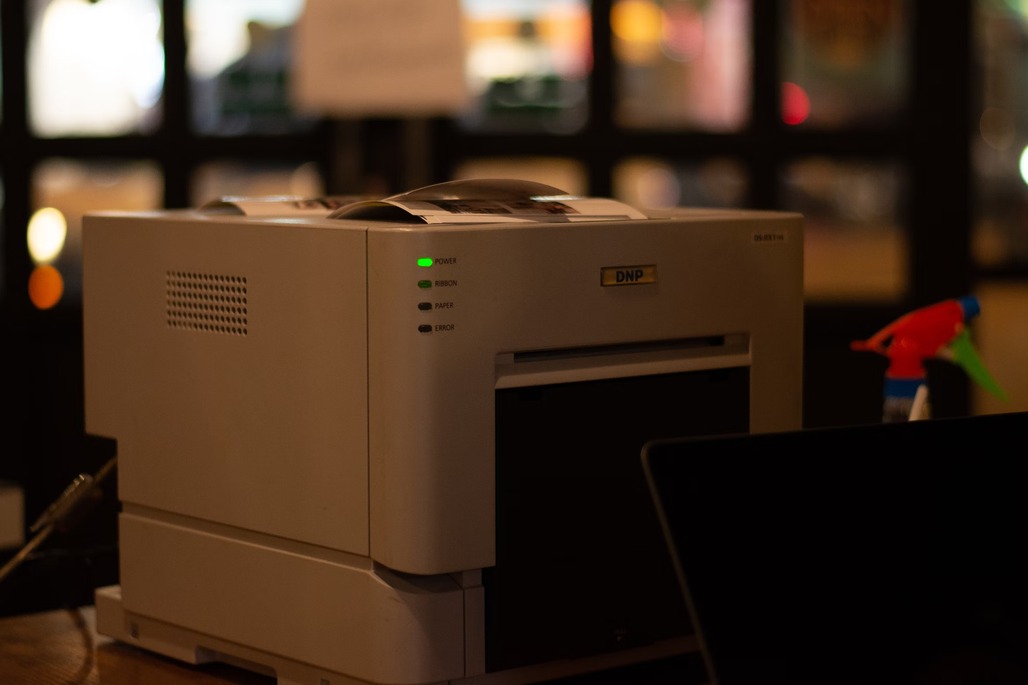Thanks to the internet, anyone can use online fax services or learn how to fax from computers. But while fax machines may seem like relics of the past, they are widely used in various industries and by nearly half of the small and medium enterprises in the United States.
You might already know how to use a fax machine, but like any other equipment, fax machines are not exempt from technical problems. They can occasionally require troubleshooting. Learning how to test a fax machine, troubleshoot issues, and maintain its performance is crucial to ensuring its reliability.
Check the Basic Functions of a Fax Machine
Before using a fax machine, ensure it can send and receive faxes. Fax someone a document and have them send a return fax. You can also use a fax testing service.
This should help you pinpoint issues that need troubleshooting. Perhaps you couldn’t send the fax or receive a reply, or incoming faxes are not of the best quality.
Here are some of the ways you can address such issues.
Verify Settings and Configuration
Check whether the fax is correctly connected to a power source and a telephone cable. You’ll want to ensure you have turned on the power switch and checked lights or displays that confirm the machine is powered up.
Also, examine the control panel to ensure it’s set to the appropriate mode (fax mode). You can adjust the notifications volume and contrast settings to your liking.
Confirm Dialing and Number Entry Settings
Next, confirm the dialing and number entry settings on your fax machine:
- Check if it is set to the correct dialing mode for your telephone line type, such as tone or pulse.
- Verify that the fax machine is configured to the appropriate dialing prefix if required, such as adding a “9” for an outside line.
- Ensure that the correct country and area codes are programmed to dial the complete phone numbers automatically.
Set Date and Time Correctly
Locate the date and time settings on the control panel or within the menu options of the fax machine. Set the date and time to ensure received faxes are stamped correctly. If the fax machine supports automatic time setting through a network or phone line service, you may choose to enable this feature for convenience and accuracy.
Wrong Resolution Settings
Some of the common reasons behind fax resolution issues include:
- High transmission speed: When the fax machine is set to a high transmission speed, it prioritizes faster transmission but can compromise image quality.
- Line interference: Issues with the fax modem or telephone line connected to the fax machine can impact the quality of transmitted faxes. Line interference, noise, or a weak connection can cause distortions, artifacts, or loss of image details, resulting in reduced resolution.
- Low toner or ink levels: Insufficient toner or ink levels in the fax machine can affect the resolution. When the cartridge is running low, the printed or transmitted image may appear faint or exhibit streaks, reducing the resolution.
- Fax machine quality or age: Older or lower-quality fax machines might inherently have lower resolution capabilities than newer models.
- Incorrect resolution settings: If the fax settings are not appropriately configured, it can lead to poor image quality. Setting the resolution too low can result in blurry or pixelated faxes, while setting it too high might slow transmission or cause compatibility issues.
Luckily, there are a few things you can do to fix resolution issues on your digital fax machine.
Troubleshoot Common Issues
Access the menu or settings options on your fax machine. Look for the resolution settings labeled “Resolution” or “Image Quality.”
Check the current setting to determine if it matches your desired resolution.
If it is too low or too high, make the necessary adjustments. Generally, fax machines offer options such as Standard, Fine,
Superfine, or a numerical scale (e.g., 200 dpi, 300 dpi). Choose a resolution that balances image quality and transmission speed according to your requirements.
Send a test fax to another machine or to a dedicated fax testing service provider to verify the quality of the transmitted image. If the resolution is still unsatisfactory, it could be caused by line interference or a weak connection. Ensure that the telephone line connected to the fax machine is secure, free from any damage, and properly plugged into the correct port. Consider trying a different telephone line if available.
If your fax machine uses a consumable component like a toner cartridge or ink cartridge, check if it needs replacement. Follow the manufacturer’s instructions for replacing consumables.
If the resolution issue persists, consult the user manual or contact the fax machine manufacturer’s technical support for further assistance.
Test Fax Compatibility With Different Fax Machine Models
Not all fax software and faxing services are created equal, and compatibility issues can arise due to technological differences, transmission protocols, or settings. When reviewing the user manuals or technical specifications provided by the manufacturers, look for information about compatibility with different models or any known limitations.
One of the most straightforward ways to test fax compatibility is to send test faxes between the two machines. Send a fax and verify that it is received correctly by the other machine. Monitor for any distortions, missing pages, or other abnormalities.
Different machines support varying fax transmission speeds, such as 14.4 kbps, 33.6 kbps, or higher. So you need to confirm that both devices can operate at compatible transmission speeds. Test different transmission speed settings to verify they can communicate effectively at different presets. You’ll also want to check whether both machines can send and receive faxes in standard file formats like PDF, TIFF, or JPEG.
Some fax machines offer additional features such as duplex (double-sided) faxing, color faxing, or advanced image processing. If these features are essential to your faxing needs, ensure that both machines are compatible and capable of handling these features.
How an Online Fax Service Can Streamline Business Operations
If you’re looking for a permanent solution to all the limitations of fax machines, it’s time to learn how to fax without a fax machine.
Electronic fax services allow you to send and receive faxes directly from your computer or mobile device, enabling seamless integration with digital workflows. To fax online, all you need is an email address and an internet connection. Start here to see how it works.


